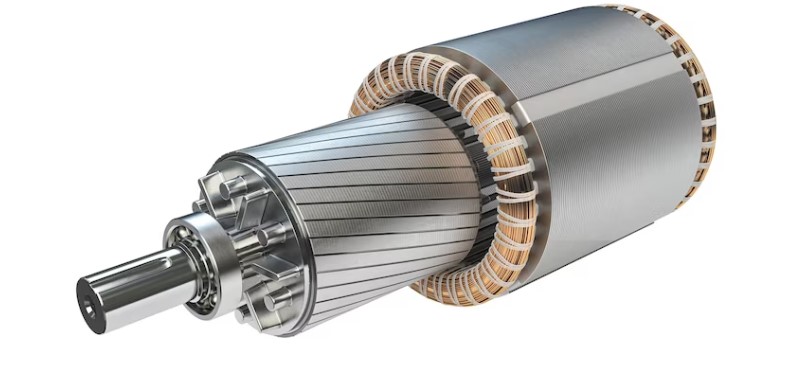Piston pumps play a crucial role in various industries, powering hydraulic systems that are responsible for lifting, pressing, and moving heavy loads. Understanding the functionality of piston pump is essential for both industry professionals and curious enthusiasts. In this layman’s guide, we will delve into the heart of these pumps, demystifying the significance of maximum pressure and its impact on performance.
The Basics of Piston Pump Functionality:
Piston pumps are a type of positive displacement pump that use reciprocating pistons to move fluid through a system. These pumps operate based on the principle of creating pressure differentials to force fluid into a chamber and then expel it. In simpler terms, they convert mechanical energy into hydraulic energy.
Maximum Pressure: The Driving Force:
The performance of a piston pump is closely tied to the concept of maximum pressure. Maximum pressure refers to the highest force the pump can exert on the fluid it is handling. In the world of piston pumps, this force is pivotal, as it directly influences the pump’s efficiency and overall functionality.
Efficiency and Output:
The maximum pressure a piston pump can generate determines its ability to perform tasks efficiently. Whether it’s lifting heavy machinery or powering hydraulic tools, a pump with a higher maximum pressure can handle more demanding applications. This is crucial in industries where precision and power are paramount.
Choosing the Right Pump for the Job:
Selecting the right piston pump for a specific task involves considering the maximum pressure requirements. Different applications demand different pressure levels, and understanding these requirements ensures optimal pump performance. For example, high-pressure applications such as metal forming may necessitate pumps with a significantly higher maximum pressure than those used for lighter tasks like material handling.
Maintenance and Longevity:
Maximum pressure also plays a role in the maintenance and longevity of piston pumps. Operating a pump beyond its maximum pressure capacity can lead to premature wear and tear, reducing its lifespan. Regular checks and adherence to manufacturer guidelines are essential to ensure that the pump operates within its specified pressure limits.
Safety Considerations:
In addition to performance and maintenance, maximum pressure is a critical factor in ensuring the safety of both equipment and personnel. Operating a piston pump beyond its designed pressure limits can result in catastrophic failures, posing risks of injury and damage to the surrounding environment. Therefore, understanding and adhering to maximum pressure specifications is fundamental to maintaining a safe working environment.
Conclusion:
In conclusion, the maximum pressure of a piston pump is a fundamental aspect of its functionality. It directly influences the pump’s efficiency, performance in different applications, maintenance requirements, and overall safety. Whether you’re a seasoned industry professional or a curious enthusiast, grasping the significance of maximum pressure provides valuable insights into the inner workings of piston pumps. By selecting the right pump for the job and operating it within its specified limits, you can ensure optimal performance and longevity, making maximum pressure a key consideration in the world of piston pump functionality.



